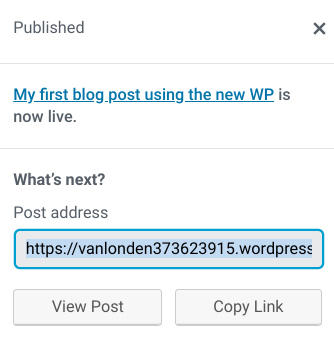Chapter 3
Discuss readings: mainstreaming. (8 points)
This discussion spans 4 days and is due before midnight on Thursday of week 3.

Learning outcomes
Students will be able to 1) discuss feminist theory, women's choices, race and cultural issues, and barriers related to gender and technology, 2) research current trends of women and technology of different cultures/countries, 3) analyze relationships among science, technology, and society using critical perspectives or examples from historical, political, or economic disciplines, 4) analyze the role of science and technology in shaping diverse fields of study over time, 5) articulate in writing a critical perspective on issues involving science, technology, and society using evidence as support.
Introduction
In August of 2017, a Google employee published a manifesto that cause global outrage by the left- and right-leaning citizens of the world. He was fired for posting his opinions about diversity and restarted tired conversations about gender and race in the high-tech industry. His claims are substantiated and at the same time refuted by experts who study gender biology and gender socialization. They bring up historical events that have yet to be resolved and remind us that more women and people of diverse populations are still not welcome in Tech even though the industry says they are.
Why do some men get so angry about women working in Computer Science? (Yes, it's a thing...with a name!) What hiring practices are now being used to include more women in STEAM fields? Has technology improved or exacerbated unequal divisions of labor and pay in the workplace? What laws are in place to help or hinder gender equity? How are countries, schools, businesses, and families dealing with gender stereotyping and equality?
1. On Monday, start reading and viewing.
After listening to the audio above, read/view at least the three related scholarly and popular articles:
- Why the anti-diversity Google 'manifesto' misses the point
- Anna Maria Tremonti, CBC's The Current
- Google staffer's hostility to affirmative action sparks furious backlash
- Molly Redden and Nicola Davis. The Guardian, 2017. ‘Manifesto’ arguing against promotion of race and gender diversity attributes lack of women in tech to ‘biological causes’
- Google Fired and Disciplined Employees for Speaking Out about Diversity
- Kate Conger, Gizmodo, 2018.
- Actually, Google manifesto writer, the number of women in tech is declining — thanks to guys like you
- Alessandra Maldonado, Salon, 2017.
- Brianna Wu vs. the Gamergate Troll Army
- David Whitford, 2015. Inc. Wu hit with death threats after publishing games made by and for women.
- Double Jeopardy? Gender Bias Against Women of Color in Science
- Dr. Joan C. Williams, et el. 2017. Emory University, Center for WorkLife Law at UC Hastings combines in-depth interviews of 60 women of color in STEM finds pervasive gender bias.
- Expectations of brilliance underlie gender distributions across academic disciplines
- Sarah-Jane Leslie, et el. University of Illinois 2017.
- United Nations Gender Mainstreaming program
- Since 1997 the Assistant Secretary-General and Special Adviser to the Secretary-General on Gender Issues and the Advancement of Women has been charged with supporting and overseeing the implementation of the policy mandates.
Then search for and listen to/read a few popular or other scholarly articles, podcasts, and videos. In a new tab, add various search phrases to a Google, Bing, or Yahoo search bar to locate articles. Switch to the Scholar, News, Videos, and Images channels to see different results.
- gender mainstreaming
- Neuroscience of sex differences
- gender laws
- women fleeing technology fields
- brogramming
- manterrupting
- GamerGate
- double jeopardy
- prove-it-again
- feminist computing
- hackathons for women
- WITI Women in Technology International
- SWE The Society of Women Engineers
- and your own search phrases
2. By Wednesday, start discussing the readings. (4 points)

In the Canvas Discussion area:
- Make a new thread titled with a question from the weeks' readings that you found most intriguing.
- In 400 words or more, recap the scholarly and popular articles you read.
- Write in a text editor like Word or Google Docs.
- Cite sources using embedded hyperlinks in the Titles of Articles you mention so that readers can quickly open them in a new browser tab.
- Mention support for your ideas, provide solutions, and note personal experiences.
- Keep personal anecdotes to a minimum; the reading recap is key here.
- I want to hear what you learned, not necessarily what you already know.
3. By midnight on Thursday, reply to three others' threads. (4 points)
- Glance through all the responses.
- Respond to at least three others' threads (but not more than 5).
- Challenge the opinions of others but back them up with research.
- Research means you searched for and found other articles that support your ideas. Use the search phrases provided in step 1.
- Writing means you wrote in your own words. Do not paste in large passages of others' writings.
- Note which sources you found that support or contradict the ideas presented.
- Cite sources using embedded hyperlinks in the Titles of Articles.
- Challenge the opinions of others but back them up with research.

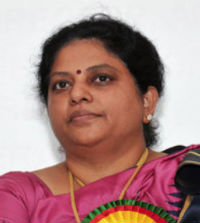



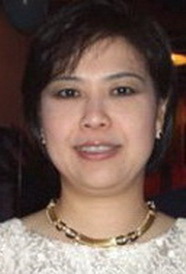
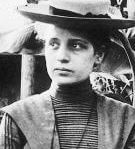

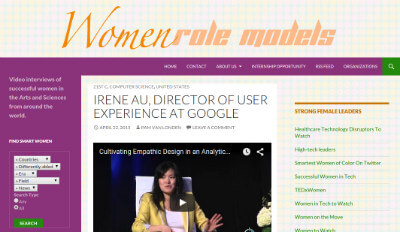
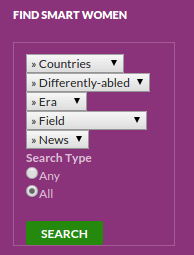
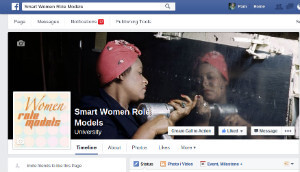
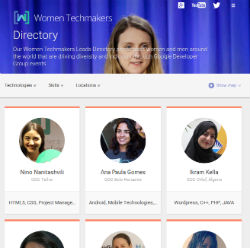 Women TechMakers
Women TechMakers Scientista
Scientista YouTube (Women Scientists category)
YouTube (Women Scientists category) TED Women in Tech
TED Women in Tech Inventors, trailblazers...2013
Inventors, trailblazers...2013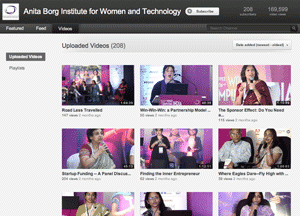 Anita Borg Institute's YouTube channel
Anita Borg Institute's YouTube channel Women in STEAM
Women in STEAM DC's Top 50 Women in Tech 2016
DC's Top 50 Women in Tech 2016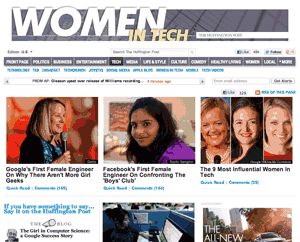 Huffington Post's Women in Tech
Huffington Post's Women in Tech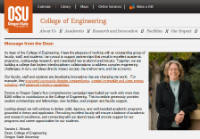 OSU College of Engineering Faculty Directory
OSU College of Engineering Faculty Directory Society of Women Engineers
Society of Women Engineers
